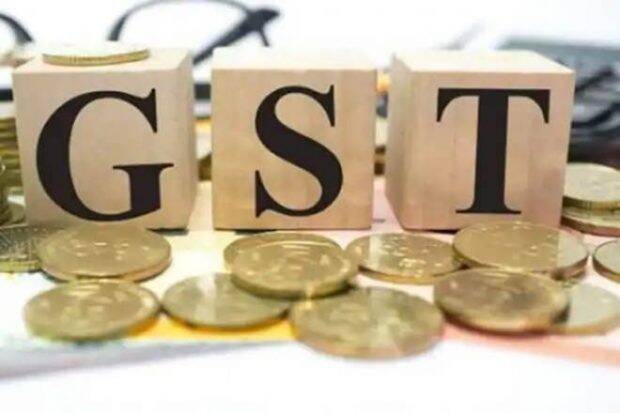New Delhi: The Ministry of Finance has issued a circular with regard to the Goods and Services Tax (GST) system stating that Businesses with turnover of over 5 crore will be required to generate e-invoice from August 1.
Read More:– Gold Rates Come Down On May 12, 2023: Check Today’s Gold Prices In Top Metros
Starting on August 1, companies with a B2B transactional value of over Rs 5 crore will be required to produce an electronic or e-invoice. For all B2B transactions, companies must currently generate an electronic invoice if their annual revenue is Rs. 10 crore or more.
E-invoicing was initially (2020) implemented for large companies with turnover of more than Rs 500 crore, and within 3 years the threshold has now been lowered to Rs 5 crore. E-invoicing for business-to-business (B2B) transactions was made mandatory under GST law for companies with annual revenues over Rs 500 crore starting on October 1, 2020, and then for those with annual revenues over Rs 100 crore starting on January 1, 2021.
Read More:– Mother’s Day 2023: 4 Ways To Celebrate Mother’s Day Even If You’re Away From Home
Companies that had a turnover of more than Rs 50 crore started producing B2B e-invoices from April 1, 2021. from April 1, 2022, the barrier was reduced to Rs 20 crore. The threshold was further reduced to Rs 10 crore as of October 1, 2022.
In a related GST news, the Central Board of Indirect Taxes & Customs (CBIC) has rolled out Automated Return Scrutiny Module for GST returns in ACES-GST backend application for Central Tax Officers. During the recent review of the performance of the CBIC, Union Minister for Finance and Corporate Affairs Nirmala Sitharaman had given directions to roll out an Automated Return Scrutiny Module for GST returns at the earliest.
Read More:– Equity Mutual Funds’ inflow drops sharply. What should SIP investors do?
“In order to implement this non-intrusive means of compliance verification, CBIC has rolled out the Automated Return Scrutiny Module for GST returns in the ACES-GST backend application for Central Tax Officers this week. This module will enable the officers to carry out scrutiny of GST returns of Centre Administered Taxpayers selected on the basis of data analytics and risks identified by the System,” said an official release.
Read More:– SIP calculator: From age 20 to 55, monthly investment needed for Rs 10 crore on retirement
In the module, discrepancies on account of risks associated with a return are displayed to the tax officers. Tax officers are provided with a workflow for interacting with the taxpayers through the GSTN Common Portal for communication of discrepancies noticed under FORM ASMT-10, receipt of taxpayer’s reply in FORM ASMT-11 and subsequent action in form of either issuance of an order of acceptance of reply in FORM ASMT-12 or issuance of show cause notice or initiation of audit / investigation, the release said.





































